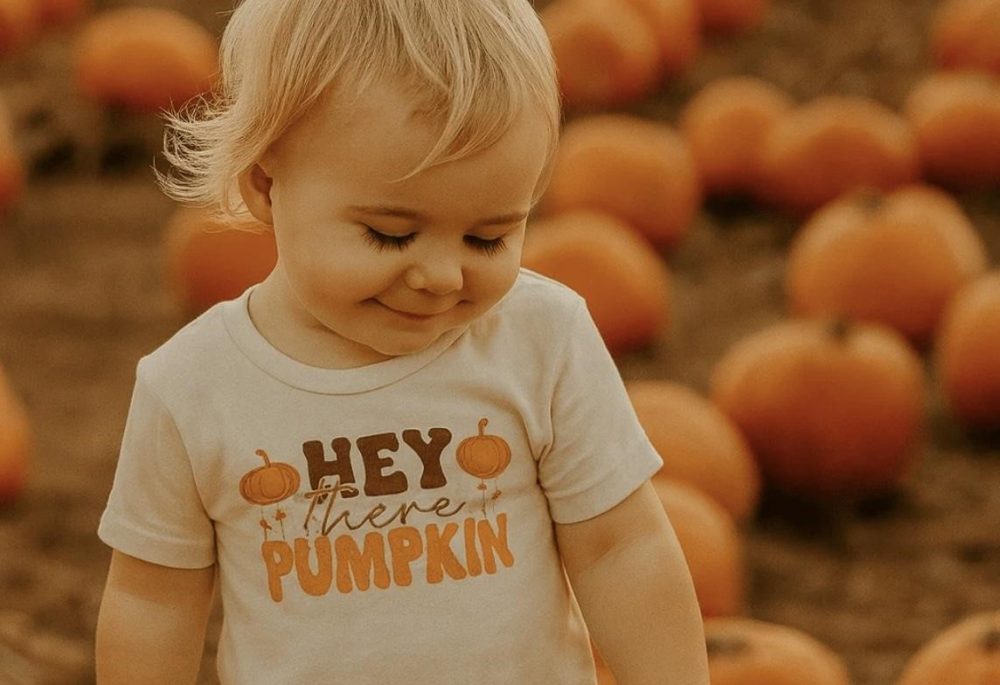You know those moments when your baby is wearing the cutest little outfit… and then 30 seconds later, that same outfit is covered in applesauce, grass stains, and something that might be sweet potato but you’re too scared to check? Yeah. We get it.
So, are organic baby clothes really worth the hype — and the extra few dollars — when your baby treats every outfit like a napkin? Let’s break it down.
1. Your Baby’s Skin Is Basically Royalty
Baby skin is thinner and more sensitive than ours, which means anything scratchy, chemical-heavy, or irritating can cause rashes faster than you can say “diaper blowout.” Organic cotton skips the harsh pesticides and toxic dyes, so there’s less chance of your little one breaking out in mysterious bumps. Basically, it’s like giving their skin a VIP pass.
2. They’re Softer… and Stay Softer
If you’ve ever touched truly high-quality organic cotton, you know — it’s like cuddling a cloud. Regular cotton can start soft but lose its charm after a few washes. Organic tends to stay dreamy longer, so even after 47 trips through the washing machine, it’s still snuggle-approved.
3. Kinder to the Planet They’ll Grow Up In
Babies may be small, but they have big futures ahead. Organic cotton uses less water, no toxic chemicals, and is grown in a way that’s better for the farmers and the earth. So you’re not just buying a onesie — you’re making a tiny vote for a healthier planet. (And yes, that totally counts as “saving the world” while still in your PJs.)
4. They Last Long Enough to Hand Down (or Re-Sell)
Organic baby clothes are often made with higher-quality stitching and fabric, which means they can survive the crawling, rolling, and “mystery stain” phase. You can hand them down to siblings, cousins, or that friend who just had a baby — and they’ll still look cute enough to pretend they’re new.
5. But… They’re Still Baby Clothes
Let’s be real. Whether organic or not, that adorable outfit will eventually meet its match: finger paint, blueberries, or a diaper disaster of epic proportions. That’s why it’s smart to mix: invest in organic staples (like bodysuits and PJs) that your baby wears daily, and sprinkle in budget-friendly play clothes for the messiest adventures.
When you are getting ready for a new baby, it seems like everything is significant- the kind of crib you use to the laundry detergent. Not clothing either. In the past ten years, there has been the popularisation of organic baby clothing, which is usually sold as safer, softer, and greener. Are they however worth their sum? The brief answer is: most likely, yes. What are we to make of that?
Soft on Sensitive Skin
Newborn skin is quite fragile and much more sensitive in comparison to the adult one thus; it is much more susceptible to irritation. Traditional cotton production is usually intensive with respect to the amount of pesticides used and the fibers can be densely colored using chemical dyes and finishes which can remain in the fabric. Organic baby clothes, however, are often fabricated out of cotton that is either grown and cultivated free of synthetic pesticides or fertilizers and clean of any extreme chemical processing. That translates to fewer chances of developing rashes, allergies, or flare-ups of eczema, which is a major advantage to parents who would like to relax.
Greener to the Planet
During organic cotton crop production, only a minimal amount of water is used, and toxic chemicals do not enter into the groundwater or soil, which harms natural ecosystems. Environmentally minded parents should therefore consider the decision to purchase organic clothes as a means of matching day-to-day consumption behaviors with long term values. A single, small onesie might not save the environment but when customers are willing to make purchases using the environmentally friendly production, the market will know that it is important to produce sustainably, and that will have an effect.
Strength with Longevity
Organic baby clothes are not only softer fibers, but frequently are higher quality. Quite a number of organic brands emphasize artisanal production and stronger stitches since they understand that the customers are concerned with quality as they intend to use the products over time. Babies are fast-growers and nothing is forever, but organic materials in particular tend to stand the test of time to be used as hand-me-downs or resold, extending the life beyond your own nursery.
Non Toxic Dyes and Finishes
One of the not openly advertised advantages of switching to organic clothing is that it has fewer harmful dyes and textile processing. Numerous run-of-the-mill garments are coated with fire resistant chemicals, anti-wrinkle solutions or synthesized pigments that may include heavy metals. Organic baby apparel is often colored in either plant-based or low-impact dyes and thus poses minimal risks of exposure to chemicals without compromising color and fashion.
Do They Cost More?
Yes, although not radically so, at least if you shop smartly. The prices of a conventional cotton baby bodysuit are around $8 and organic ones may be 12-15 dollars. The cost can be a cumulative effect across a whole wardrobe but it is possible to keep the expenses down: purchase second hand organic clothing, wait until organic clothing goes on sale or prioritize organic clothing that touches your skin most, like pajamas and bodysuits.
When to Organic
Suppose your budget does not afford all organic wardrobe, you will nonetheless be able to make specific decisions. Pay attention to organic clothing (during the first years of life, it is the skin which is the most sensitive part), sleep clothes (as babies spend much time in sleep clothes), and direct-to-skin clothing. It may be combined and matched with traditional cotton as outerwear or smart-event outfits.
The Verdict
Yes — organic baby clothes are worth it for comfort, safety, and sustainability. They’re like the healthy, homemade snack version of clothing… except your baby will actually wear them.
And hey, if you can find pieces that are organic, adorable, and stain-resistant that’s a win for everyone.



